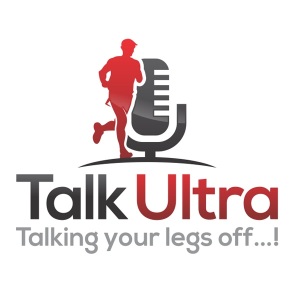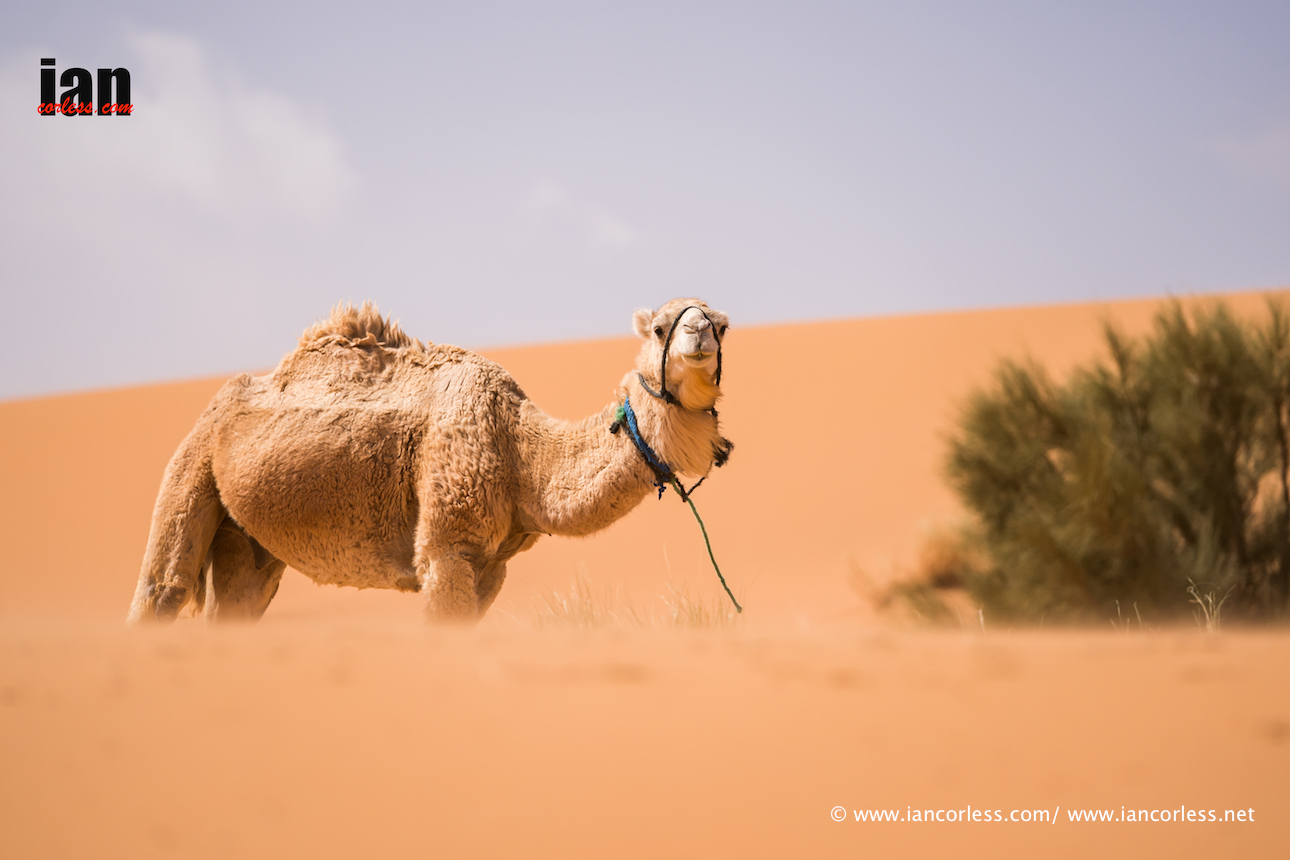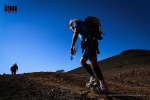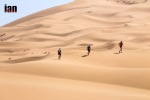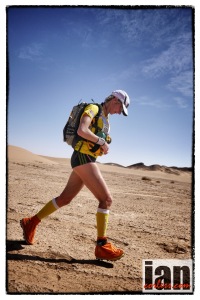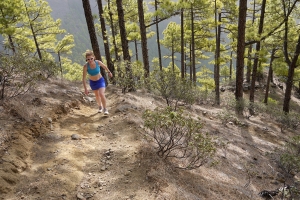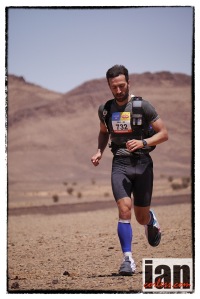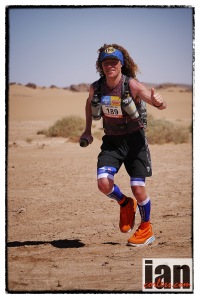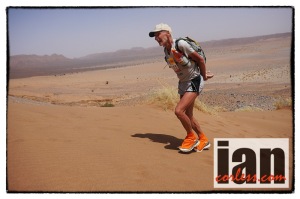
sir_ranulph_fiennes_bigissue.com
Ranulph Fiennes (March 7th 1944)
Sir Ranulph Fiennes has been called, ‘The World’s Greatest Living Explorer.’ It’s a difficult statement to argue. Sir Ranulph’s list of achievements is quite incredible.
Born in ‘44’ he was educated at Eton, served in the Royal Scots Greys for eight years and progressed to the Special Air Service (SAS) where he specialized in demolitions. In 68’ he joined the Army of the Sultan of Oman where he was decorated for bravery after leading several raids deep into rebel territory.
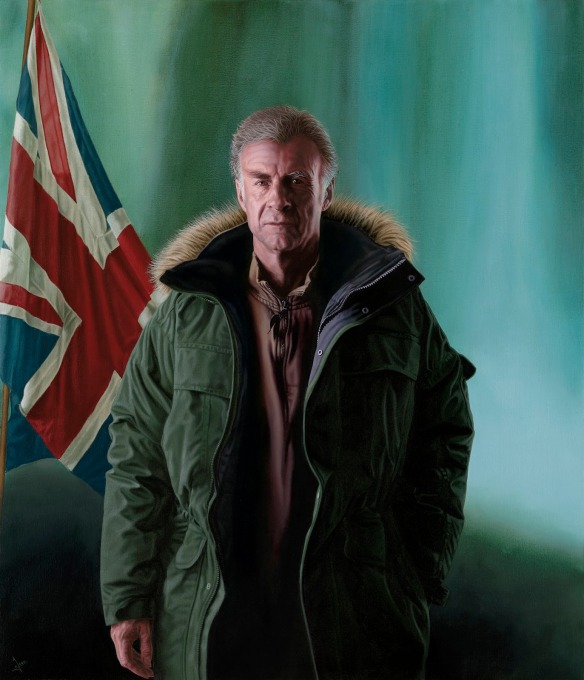
Sir Ranulph Fiennes Portrait 2012_militaryspeakers
Sir Ranulph married his first wife, Virginia (Ginny) in 1970 and between them they lead expeditions all over the world. Ginny was awarded the Polar Medal in ’87.’ Sir Ranulph has raised incredible sums of money for Marie Curie Cancer Charity as his wife, mother and sister all died from the disease within 18 months of each other (2004.)
Currently, Sir Ranulph is the only person alive to have to have travelled around the Earth’s circumpolar surface. Continually a pioneer, Sir Ranulph is ever present at pushing boundaries.
The first explorer to cross the Antarctic Continent unsupported, Sir Ranulph has come a long way since leading a British Expedition on the White Nile in ’69.’
Ran, as he likes to be known, may perhaps be best known after travelling to the North Pole unaided. Dr Mike Stroud has figured heavily in Ran’s career and amongst many expeditions, two stand out! A 97-day trek across Antarctica in ‘93’ and running seven marathons in seven days on seven continents (2003.) The latter was undertaken just four months after a triple heart bypass.
In 2000, Ran attempted to walk solo to the North Pole but his sled fell through thin ice. Exposure to the ice-cold water resulted in severe frostbite and some months later, the famous ‘finger’ incident.
Having been to both Poles and participated in over 30 major expeditions, Ran summited the Eiger in 2007 and at the age of 65 (2009) he pushed the boundaries once more to be the oldest Briton ever to climb Everest after two failed attempts in 2005 (he had a heart attack) and in 2008 when he ‘went a little too quickly’ and exhaustion foiled his attempt.
After 5 years of planning, in 2012, Sir Ranulph set off on his latest expedition, ‘The Coldest Journey’ leading the first team on foot, across Antarctica during the southern winter. The expedition was brought to a sudden halt for Ran when in training he removed a glove to attend to a ski binding. Ran was evacuated for frostbite and treatment but the expedition continued without him.
In 2015, Ran will attempt the 2015 Marathon des Sables.
*****
 Interview undertaken by Niandi Carmont at ‘The Druid Challenge’ 2-day race in November 2014. An event both Niandi and Sir Ranulph were using as preparation for Marathon des Sables in 2015.
Interview undertaken by Niandi Carmont at ‘The Druid Challenge’ 2-day race in November 2014. An event both Niandi and Sir Ranulph were using as preparation for Marathon des Sables in 2015.
NC: Welcome Sir Ranulph
RF: Many thanks for the invite and showing an interest.
NC: You hold multiple records, I am a little overwhelmed. You were in the army for many years, did that ignite a passion for adventure?
RF: Well when I was in Germany it was the Cold War. We had 60 70-ton tanks facing the German border waiting for the Soviets to attack… but they never did attack. So the soldiers got bored. So, we were made to run, canoe or whatever it may be. I was told I would be the running officer. I wasn’t asked, I was told! I became an expert in a week. I started to train 600 soldiers. We got to be 5th best regiment out of about 80 regiments after 4-years. All the races were 6miles though.
NC: Wow an interesting beginning and somewhat unique. What was it like to be the first person to visit both poles?
RF: Well, it was my late wife Ginny (married 38-years) who motivated me. Before we married we had done various hot expeditions in the Sahara, the Nile and Arabia. In the 70’s the British press were no longer interested in media for hot expeditions. So, no sponsorship equals no expeditions. Ginny decided we should go to cold environments. We looked at a globe and we decided that nobody had gone vertically between the poles. There was only one route!
NC: How long did this take?
RF: It took 7 years to get sponsorship. We had 1900 sponsors and raised 29 million pounds. This was in the 70’s! Nobody paid us to get sponsors so we had to work at weekends in pubs to make a living. Eventually Jennies dream was ready to go… we had a team of 52-people who had given up everything. Engineers and so on… we got a 40-year old Norwegian vessel and set off from Greenwich and arrived back 2.5 years later. We were the first to go around the earth surface vertically around the world ever and nobody else has repeated this. More people have been on the moon! So in all, 10 years!
NC: Amazing that the record still stands. So remarkable! You were the first person to cross Antarctica on foot?
RF: That was the Antarctic Continent? Antarctica changes all the time… I did coastline to coastline: Atlantic to Pacific. We completed the first crossing in ‘79’ but we used skidoos, nonetheless the first crossing side-to-side. But when we crossed the Continent that was 20-years later and that was unsupported. So, what we carried on day-1 was enough for 2000 miles without resupply. That was somewhat problematic but we did do it and we were in a bad way at the end!
NC: Problematic?
RF: We ran out of food! I started at 15.5 stone, at halfway I was 9-stone despite eating 5000 calories a day. So we had a daily deficiency of 3500 calories per day. So, we were officially starving. Mike Stroud thought this was fascinating… he is Europe’s top physiologist studying in starvation and muscle cannibalisation, so he was able to study this first hand. It had only been possible to study something like this previously at Auschwitz!
NC: You had frostbite. Many have heard the stories about you cutting your fingers off. Are they true?

RF: I got frostbite on a solo expedition to the Arctic Ocean. If I had had a doctor with me he would have pulled me out and got the tent out with a cooker on and avoided the frostbite. As it was, because I was alone by the time I had got out of the water… the damage was done. I was too cold too pitch a tent, start a cooker and so on. It was -48. Think about it, it was pitch black on a semi frozen sea, so I went back to the start to find land again and sent a radio message. An amazing Canadian ski pilot landed in the dark on the edge of the coast and he saved me. I was taken to hospital. I had special pressure treatment for 60-hours to lengthen the living part of the fingers on one hand. They cut off about 2-inches of the five fingers on one hand. The other hand recovered. My insurers refused to pay unless the operation was in the UK. I tried to find someone in the UK who knew something about frostbite. Navy divers are susceptible to the bends and apparently they can lose fingers. Apparently they don’t amputate until after 5-months to allow for some recovery. Five months is a long time. Every time you touch something with mummified fingers it hurts… after 2 months my wife and I decided to cut them off. We went to the garden shed. We got a Black & Decker workbench and micro saw. It took 2 days and lots of tea. Apparently a physio in Bristol said I did a great job but my surgeon was less pleased.
NC: Did it take courage and did it hurt?
RF: No, if it hurt or started to bleed I just moved further away and just made sure the bit I was cutting off was dead. It doesn’t hurt!
NC: In 2009 you summited Everest at the age of 65-years; what impact did age have on you if any?

RF: This was my 3rd Everest attempt. My 1st attempt had been somewhat risky from the Tibet side and I had a heart attack on the last night after 2-months of acclimatizing. Bad timing eh but I survived! I said I would never go back… but I was told that was a rubbish idea and that I should go from the other side.
So my 2nd attempt was from the Nepal side; which is easier. But we still failed as we passed a load of bodies including the father of my Sherpa. We passed a Swiss climber too who had summited without Oxygen but died on the way down with hypoxia.
In 2009 it was easy… I guess I understand why I had failed the first and second times. I had been trying to catch up with my British guide the second time. Competitiveness can be a bad thing. When you have had a heart attack you must obey your surgeons advice and not exceed 130bpm. So, in 2009 I took it easy and it all came together.
NC: You are obviously endurant and resilient?
RF: When I was in my 50’s I enjoyed running a great deal and I had success. In my 60’s running was no longer an option… I was jogging until about 69-years of age and that was okay, not that I ever went in for races in that decade. Jogging became shuffling and that is very annoying! Avoid geriatric status at all costs.
NC: I agree 100%. You have a great collaboration with Mike Stroud – 26-years?
RF: Mike comes up with all the ideas. For the last 5-years we have been working on an idea that involved Antarctica. Mike unfortunately had a hip problem. In the last couple of years his other hip went, it wasn’t as easy as the first one so Mike took on all the scientific side. In many ways this is more difficult and that is what he is in charge of now. We are still doing things. There was a time when Mike and I didn’t do expeditions; this was after the Antarctic crossing. We did running races. Mike led an Eco-Challenge team, which must have been one of the first in British Columbia in the Whistler Mountains. That was very enjoyable… it was a team of five and it included Rebecca Stephens the first the British lady to summit Everest, his Father who was over 70-years, the editor of Runners World and an SAS man, David Smith. Mike put the team together and introduced all of us back to running in 1995. We have also done many events as a pair such as the 7-marathons on 7-continents.
NC: He is also a friend, It’s more than running surely?
RF: You don’t choose people for expeditions because they are friends. We chose Mike Stroud in the very beginning because I was already in the Arctic. The man I was with was recalled to London and I was left with nobody. I rang my wife in England and said, ‘I need someone in 3-days who is completely ‘polar’ trained.’ Dr Mike Stroud had been a reserve on another expedition and had only just returned from Antarctica after 1-year away. Somehow he pulled it off… he managed to come away on a 3-day turnaround.
NC: You obviously relied on your wife a great deal.
RF: Absolutely! Since my wife has passed away, Mike has taken on the ‘idea’ role.
NC: Can we discuss the 7-marathons in 7-days on 7-continents?
RF: Mikes’ idea again! The New York marathon club considered themselves the best marathon club in the world. The only non New Yorker as part of this group was Dr Mike Stroud. They swore him to silence that they thought it may be possible to run 7-marathons on 7-continents in 7-days. Mike kept his word and 2-years later, Mike approached American Airlines and they said they couldn’t schedule the flights. (You need jumbo jets and 5-hours in each continent.) Delta said they couldn’t do it. United said they couldn’t do it and now 6-years had passed. It was 2003 and Mike had still kept the secret. I called Mike in 2003 about another expedition. He said great, I’ll ask the boss. They told him he could only have 1-week’s holiday as he taken so much time already. Mike phoned me and said, I can’t do your expedition but I want you to do mine! So, Mike asked me to contact British Airways and within 2-months they phoned back and said they had cracked it! They said we had to finish with New York and not Asia. Asia would need to be in the middle. Also, if we were a minute late ever they would fly without us. They wouldn’t keep passengers waiting. So, they provided 2 free first class beds and food (this was our only opportunity to rest) and yes, it was all systems go! It all went well to Argentina. We were suppose to be running on King George Island (Shetland), the night before we were due to run the ‘Argies’ blocked the landing on King George with their own planes. So we had a team meeting, Mike and myself, BBC news, a reporter from The Times and a photographer: 6-people in total. When we suddenly arrived the whole thing had been cocked up, the BBC bloke said, “I’ve got a very good friend in Santiago, I will ring him now and get him here and he will fly us to one of the other Antarctic Islands.” So we had to run one of the South American marathons locally. That night we ran a marathon and we had officials to make sure we ran an official marathon in 3:45, which was extremely stupid. The next morning we get on this plane without a worry of which island we would go to. Apparently the only island to run on would be the Falklands. You may know, but you are not supposed to fly from Argentina to the Falklands without 6-months notice. So we slept on the plane. Mike woke me up and we looked out of the plane window. We had two Tornado jets on either side of us… they made us do a force landing on a military airstrip on the Falklands. We were marched to the CO who was furious. He told us we had no permission and that we could all face prison. At this point, one of the reporters went forward and said, “Did they realise that the news and the papers would make this not look good for the army!” There was a fairly quick turnaround…
“You can run your 26. something miles locally and we will watch them every step of the way,” The CO said.
They never saw us off. Funny really.
NC: This seems extremely stressful. Running, logistics, last min changes and so on.
RF: The BBC and The Times did all that for us.
NC: Yes, but it must have been stressful.
RF: The 7x7x7 challenge was sponsored by Land Rover and they did everything for us. It was incredible. They did all the work for us and they had cars waiting for us at anytime. Land Rover and British Airways made this all possible. They had the contacts.
NC: Before the 7-challenge you had a heart attack and a double bypass. It’s amazing that you would undertake this.
RF: I was on a drip for 3-days and nights, they decided to cut me open and do a double bypass. They just decided to do this! It took 13 attempts to revive me after they sewed me up. When I woke up my late wife said, “Ran you had a heart attack 3-days ago” but I still can’t remember anything!
NC: You aborted your most recent expedition, is that the end of cold journeys for you now?
RF: We aborted the crossing but we kept the team (all 5 of them) not Mike and not me through frostbite, but we kept all the team for 8-months at 11,000 feet above sea level doing scientific work on each other. It has delighted the Royal Society and all the scientists, we raised 2.3 million dollars for blindness in Bangladesh and I went with Joanna Lumley to Bangladesh to see what they were doing with the money. For £19 they could remove cataracts from babies. Quite remarkable! For £9 they could provide spectacles to children. This means they can go to school and have opportunities in the future. We really need charity PR people to get behind us, the more money we make, the more people we can benefit.
NC: What does the future hold for you?
RF: Well, I am not allowed to talk about this until I get the nod, but I will be going to Marathon des Sables in 2015. And I am also writing another book. One book actually came out last week.

Get involved and support Sir Ranulph! Text RUN and a message of support to 70007 to donate £5, or you can visit his Just Giving page here:http://bit.ly/1xUB298
Find out more about Sir Ranulph and his Marathon des Sables challenge:http://bit.ly/1wvffi8
NC: Can you tell me about Agincourt, your most recent book?

Book on Amazon HERE
RF: A historian would normally write a book like Agincourt… but it turns out that I am related to Robert Fiennes from the village of Fiennes in the Pas de Calais.
NC: What an amazing story?
Niandi speaks French to Sir Ranulph and he is taken aback. He also speaks French and they enter into a short dialogue.
Sir Ranulph comments that he could hear an accent in Niandi’s voice but not French! Niandi explains that she is South African born…
NC: So you lived in South Africa?
RF: Yes, my relatives live in South Africa. I spent the first 12-years of my life in SA.
Anyway, we digress. I decided to go to Fiennes and find my French cousins. They were wiped out at the battle of Agencourt and I found out how. One of them was part of an 18-strong commando group with the specific aim of killing King Henry V in the battle. One of them, maybe not Robert Fiennes, got to knocking the crown of his head… Two of King Henry V’s generals, one was a sheriff of Kent in Sussex. He was corrupt man; so corrupt that Henry V1 made him into the Chancellor of the Exchequer. When soldiers came back from France, 20,000 of them attacked London. The King gave the Chancellor of the Exchequer to the mob and they killed him… nasty business!
NC: I guess we are going to have to read the book. Sounds like a fascinating story. Looking at modern day adventurers, what are your thoughts on Uli Steck and Kilian Jornet?
RF: Uli is amazing, incredible… I do not understand how you can go up the Eiger in 2-hours or something ridiculous like that. He is unbelievably amazing. Both of them are just incredible.
NC: And what about your new book, what is it called?
RF: My new book will be called HEAT. Nice contrast to my other book, COLD.
“Physically I’m going to be a wreck pretty quickly.” But these challenges are fought in the mind, he says. “There’ll be a voice in my head saying I’ll have a heart attack, I’ll get hyperthermia, I’ve got a family, it’s stupid to carry on. That sort of wimpish voice tries to appear logical, finding reasons for stopping. You have to fight it. I’ve had it so many times.”
-BBC News, Tom de Castella

On Amazon HERE
Sir Ranulph Fiennes will participate at the 2015 Marathon des Sables. An announcememt will be made on January 8th. We hope to have follow up interviews with Sir Ranulph to help document this exciting journey.
*****
AWARDS
In 1970, Fiennes received the Sultan’s Bravery Medal.
He has also been awarded a number of honorary doctorates, in 1986, 1995, 2000, 2002, 2005, 2007 and 2011
Fiennes received the Royal Geographical Society’s Founder’s Medal.
Fiennes was appointed Officer of the Order of the British Empire in 1993 for “human endeavour and for charitable services”
In 1986 Fiennes was awarded the Polar Medal for “outstanding service to British Polar exploration and research.”
In 1994 he was awarded a second clasp to the Polar Medal, having visited both poles.
In 2010 Justgiving named Fiennes as the UK’s top celebrity fundraiser, after raising more than £2.5 million for Marie Curie Cancer Care.
In September 2011 Fiennes was awarded an honorary Doctorate in Science from Plymouth University and
In July 2012 he was awarded an Honorary Fellowship from the University of Glamorgan.
In October 2014 it was announced that Fiennes would receive an honorary Doctorate of Science, from the University of Chester, in recognition of “outstanding and inspirational contribution to the field of exploration”.
*****
Links and credits:
‘I am not a madman’
http://www.theguardian.com/theguardian/2007/oct/05/features11.g21
Fiennes climbs to Everest summit
http://news.bbc.co.uk/1/hi/uk/8060649.stm
Ranulph Fiennes pulls out of Antarctic journey
http://www.usatoday.com/story/news/world/2013/02/25/ranulph-fiennes-antarctic-journey/1946571/?AID=10709313&PID=6156889&SID=w7wk81lnnmpn
The world’s greatest living explorer
http://www.militaryspeakers.co.uk/speakers/sir-ranulph-fiennes.aspx
Interview with TIME
http://content.time.com/time/world/article/0,8599,1900969,00.html?imw=Y
Ranulph Fiennes – Wikipedia
http://en.wikipedia.org/wiki/Ranulph_Fiennes
http://www.bbc.co.uk/news/blogs-magazine-monitor-30716727

